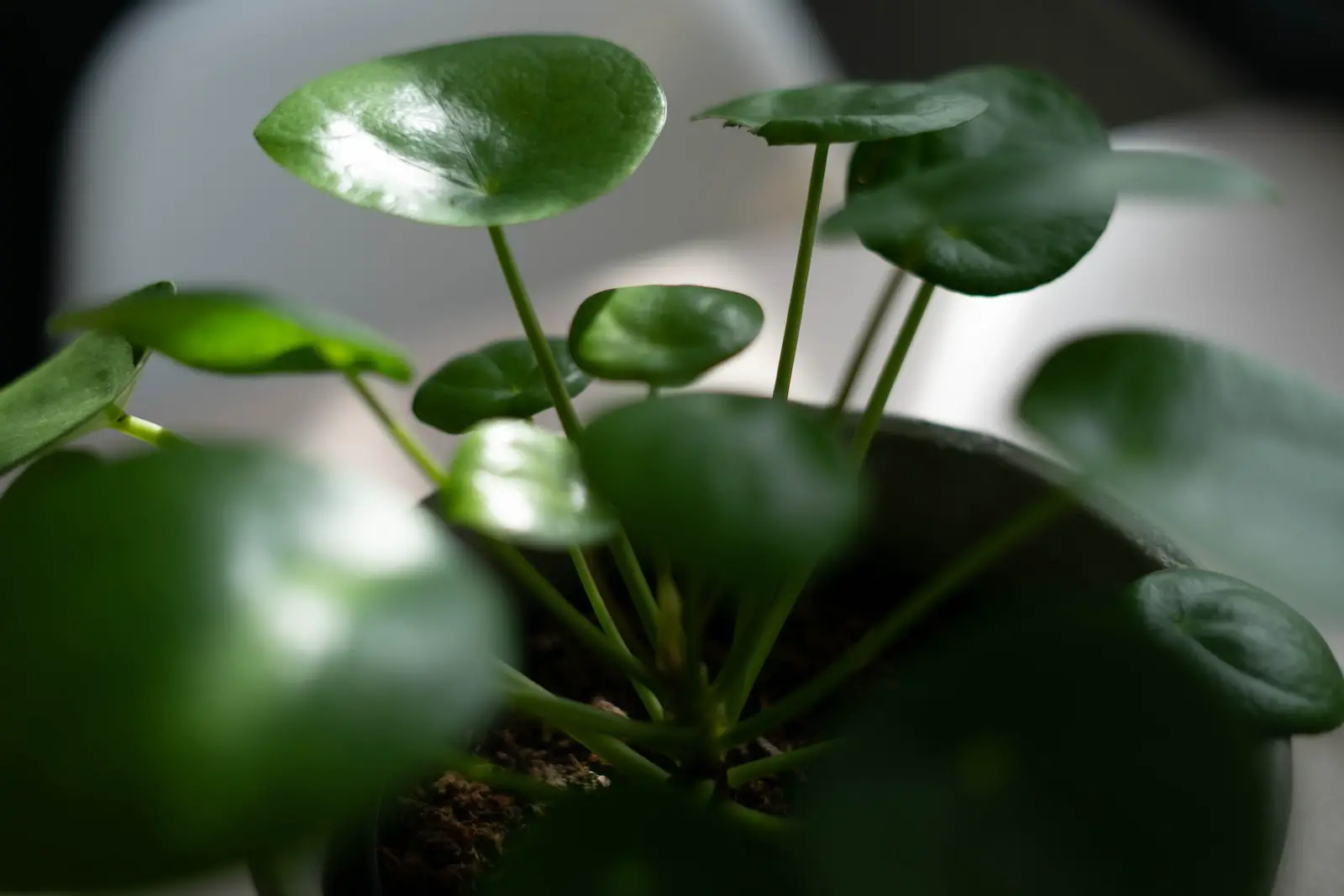Pilea Peperomioides, widely known as the Chinese Money Plant, has become a popular houseplant around the world. With its unique, coin-shaped leaves and easy care requirements, it has captivated plant lovers of all skill levels. Its fascinating history adds to the charm; it was virtually unknown outside China until a Norwegian missionary brought it back to Norway in the 1940s.
Today, Pilea Peperomioides is celebrated not only for its aesthetic appeal but also for its friendly nature, often sharing small plantlets or pups with its caretakers. This growth habit has earned it a reputation as a “pass-it-on” plant and contributed to its spreading fame.
What makes Pilea Peperomioides even more appealing is its adaptability. It is suitable for various indoor environments and responds well to basic care guidelines. The circular leaves, often resembling mirrors or pancake shapes, create an appealing visual effect, and the plant itself offers a unique contribution to any indoor garden.
| Aspect | Details |
|---|---|
| Common Names | Chinese Money Plant, Pancake Plant, UFO Plant |
| Botanical Name | Pilea Peperomioides |
| Family | Urticaceae |
| Plant Type | Perennial, Evergreen |
| Mature Size | Up to 12 inches tall and wide |
| Sun Exposure | Bright, indirect light |
| Soil Type | Well-draining, peat-based soil |
| Hardiness Zones | 10-11 |
| Native Area | Southern China |
Pilea Peperomioides Care
Caring for Pilea Peperomioides is an enjoyable experience, with the plant often forgiving minor mistakes. It requires regular but not demanding attention, thriving in a range of indoor conditions.
Bright, indirect sunlight, regular watering, and well-draining soil form the foundation of Pilea care. Proper pruning and timely inspection for pests are also part of the basic care routine. These simple steps ensure that Pilea grows happily and shares its pups for further propagation.
Light Requirement for Pilea Peperomioides
Pilea Peperomioides needs bright, indirect sunlight to thrive. A spot near a north or east-facing window can provide the ideal light condition. Avoid direct sun exposure, as it can lead to leaf scorching.
Soil Requirements for Pilea Peperomioides
Plant your Pilea in a well-draining, peat-based soil mix. A combination of regular potting soil with perlite or sand promotes healthy root growth and prevents waterlogging.
Water Requirements for Pilea Peperomioides
Water the plant when the top inch of soil feels dry to the touch. It’s essential to avoid overwatering, as soggy soil can lead to root rot.
Temperature and Humidity
Pilea Peperomioides appreciates temperatures between 60-75°F (16-24°C). It is tolerant of average indoor humidity levels but thrives with a little extra moisture in the air.
Fertilizer
Use a balanced, liquid fertilizer diluted to half strength every 4 weeks during the growing season. Fertilizing helps in maintaining vibrant leaf color and promoting growth.
Pruning Pilea Peperomioides
Occasional pruning to remove leggy or damaged growth can keep the plant healthy and aesthetically pleasing. Regular inspection for dead leaves is also advisable.
Propagating Pilea Peperomioides
Propagation is done by carefully separating the pups from the parent plant. Plant these pups in separate pots with moist soil, and they will quickly grow into new plants.
How To Grow Pilea Peperomioides From Seed
Growing from seed is less common but can be achieved by sowing seeds in a well-draining mix, keeping it moist, and providing bright, indirect light.
Common Pests & Plant Diseases
Spider Mites
Small insects that can be treated with insecticidal soap or neem oil.
Fungal Infections
Avoid overwatering and ensure good air circulation to prevent fungal issues.
Common Problems With Pilea Peperomioides
Wilting
Usually a sign of underwatering. Increase watering frequency if soil is dry.
Dull Leaves
This might be due to low light. Move the plant to a brighter location.
Leaf Drop
Often a sign of cold stress or draft. Maintain stable temperature and avoid drafty areas.
Pro Tips
- Rotate the plant regularly for even growth.
- Be gentle with the round leaves as they can detach easily.
- If the leaves look dusty, gently wipe with a damp cloth.
- Ensure good air circulation around the plant to prevent diseases.
- Be patient with the pups; allow them to grow a bit before separating them from the parent plant.



